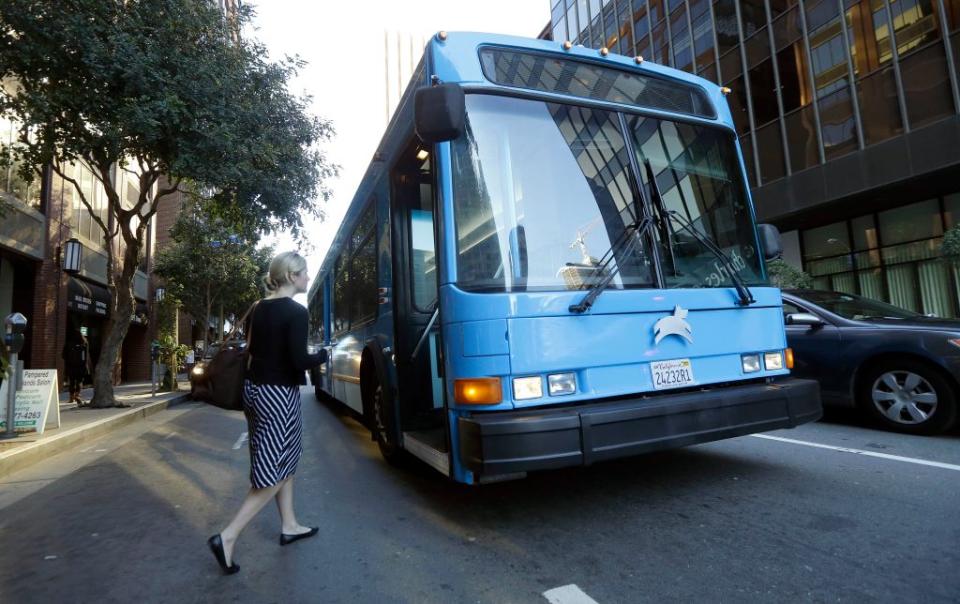Data show American commuting is changing, but probably not for the better

Although many US cities are trying to encourage car-free commuting, it does not appear to have made much a difference. From 2010 to 2018, the share of people who commuted by car stayed at almost exactly 90%, according to recently released data from the US Census. Over that same period of time, the share of those who were in a carpool fell from just over 11% of car commuters to about 10.5%.
But while the number of car commuters is flat, the share of Americans using other methods of transportation is shifting. From 2010 to 2018, the percentage of workers commuting by subway, railroad, or taxi increased by more than 10%, while the share of people walking declined by 5% and those taking the bus dropped 11%. (These numbers are estimates based on a survey of 1% of the US population and likely to be accurate within two to three percentage points; the data excludes the 5.6% of people who work from home, and includes full and part-time workers.)

The rise of the “Taxi, motorcycle, or other” category of commuting is most likely due to the arrival of Uber and Lyft. The number started increasing around 2015, just when Uber really took off in the US, and there is evidence that ride-share services can be an alternative to public transit for some commuters. Still, this is a very small bump of between 0.1-0.25 percentage points of all commuters, so Uber and Lyft have not caused a major transformation in how most city dwellers get to work.
Meanwhile, with more people moving to the suburbs, and decreasing federal investment in public transit, driving to work continues to be the most appealing options for many, while walking is an increasingly unlikely option.

The effects of suburbanization show up in the data in several ways, including the decrease in bus riders and the spike in subway and rail commuters. Buses are typically used for shorter commutes, while subways and trains are often better options for people who are farther from the city center. Transportation professor David Levinson told Quartz that the use of the bus may also be falling due to the strong economy. More people use cheaper forms of public transport during recessions, but are more likely to drive when they are feeling flush with cash. In addition, Levinson notes that a number of US cities have introduced light rail this decade that are intended to replace buses. This caused a spike in train use.
One other important change to commuting in the US is that fewer people are doing it. The share of people who reported working from home went up from 4.5% in 2010 to 5.6% in 2018; it was only 3.3% in 2000.
With an increasing number of remote workers, and more companies offering working some days from home as a perk, this number seems likely to continue its ascent. Like many other perks, it’s a trend more prevalent for the well-educated. Managers, finance professionals, designers, and—above all—computer scientists are the least likely to have to commute.

Sign up for the Quartz Daily Brief, our free daily newsletter with the world’s most important and interesting news.
More stories from Quartz:
